Despite of severe socio-economic crisis resulted from Covid-19, the plastic industry has still experienced numerous increases in both revenue and profits, paving the way for plastic’s raw materials consumption, which includes calcium carbonate filler. In this article, let’s discover PP calcium carbonate filler’s applications – one of the most widely used filler masterbatches in the plastic industry.
For a long time, calcium carbonate filler (also called filler masterbatch) has been widely known as an effective material solution in the plastic industry. This material is a combination of calcium carbonate powder (CaCO3), plastic resins and specific additives. After being added to plastic products, calcium carbonate filler partly replaces plastic resin, thus reducing the amount of fossil resins needed and helping plastic manufacturers save on input materials expenses. Depending on end-products’ properties, plastic enterprises can choose different types of calcium carbonate fillers, in which PP filler might be the most popular applied. So, what are common PP calcium carbonate filler’s applications?
The importance of PP calcium carbonate filler
PP filler masterbatch is composed of calcium carbonate (CaCO3) powder mixed with certain additives in Polypropylene (PP) resin. The main reason making this material a cost-effective material solution lies in its component – CaCO3 powder. Compared to fossil resin, calcium carbonate powder is much more reasonable and stable, thus helping plastic enterprises save a large amount of input materials as well as being protected from negative impacts of global market’s uncertainties.
Not only does it introduce an ideal material solution, PP filler masterbatch also enhances certain plastic properties such as thermal conductivity, energy saving, environmentally friendliness, mechanical properties (impact strength and tensile strength) and tear resistance. Therefore, PP calcium carbonate filler’s applications range from injection moulding, extrusion moulding to raffia, blow moulding,…
Related: 4 reasons to apply calcium carbonate filler in polypropylene
4 common PP calcium carbonate filler’s applications
As polypropylene (PP) is one of the most common plastic resin worldwide, it is completely understandable that PP calcium carbonate filler is widely applied in many plastic manufacturing methods. However, the way it is used might differ among those since requirements for end-products are distinctive.
Injection moulding
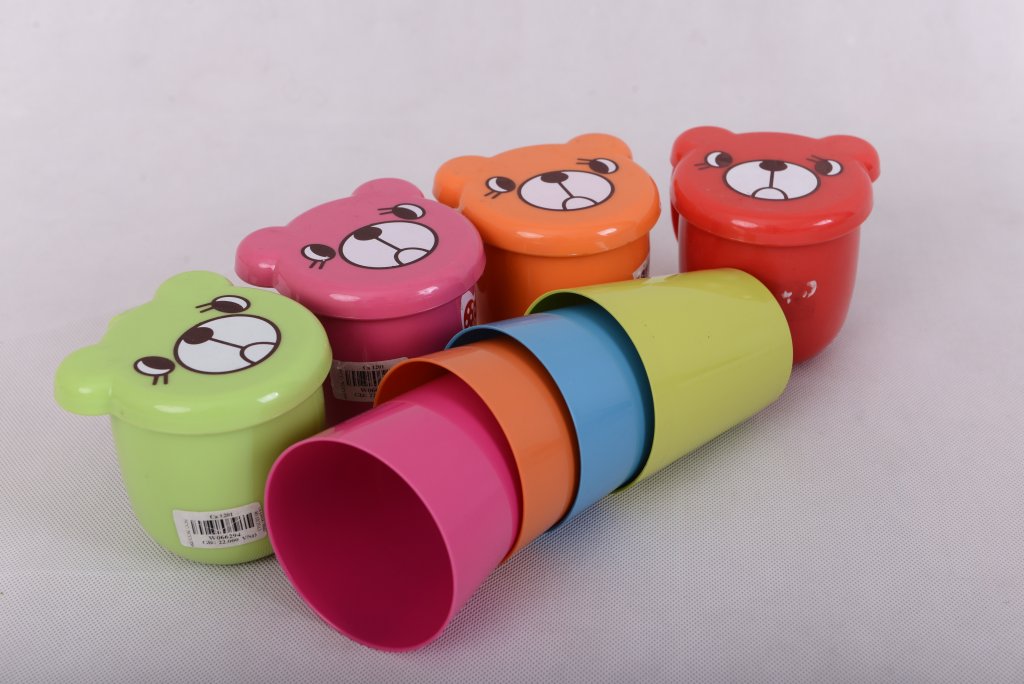
PP calcium carbonate filler is widely used in injection moulding to create end-products such as housewares, electric appliances, plastic footwear, boxes, buckets, construction materials,…Not only does it help plastic enterprises save input materials expense, PP filler also improves certain properties of end-products including mechanical properties (impact strength, tear strength) and printability. Furthermore, thanks to the excellent thermal conductivity of CaCO3, PP filler considerably shortens product lifecycle and facilitates the production efficiency.
Cast films
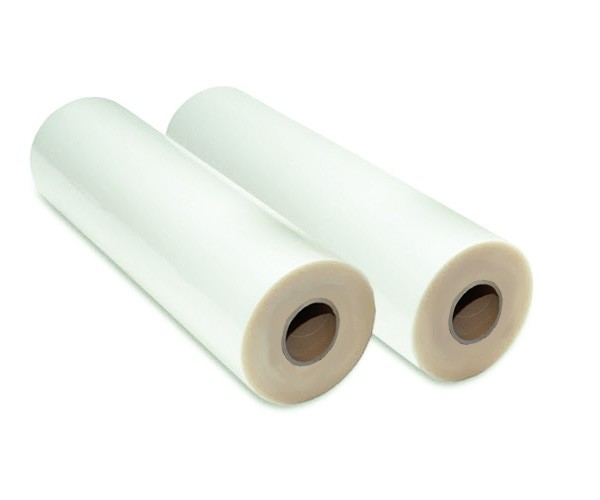
Laminated films are made of multiple layers to provide end-products with all optimal properties including impact strength, tear resistance and printability. They are widely used in manufacturing food packaging films, pharmaceutical film and zippers packaging film,… The application of PP filler masterbatch in laminated films not only minimizes the production cost, but also reinforces a large number of characteristics of the end-products such as thermal conductivity, printability, mechanical properties and formation.
Raffia
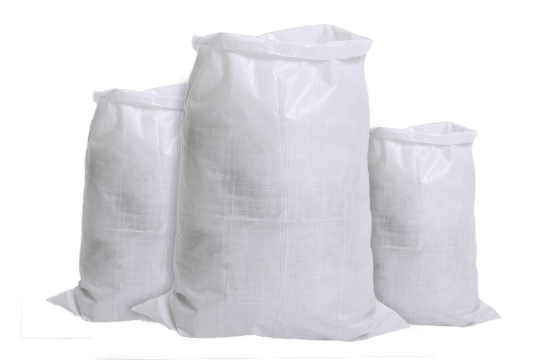
Raffia is one of the most popular plastic manufacturing methods to create woven sacks, jumbo bags, strapping bands and tape serving various industries such as agriculture, construction,… PP calcium carbonate filler’s applications in raffia not only save a large amount of input material production cost, but also reinforce certain mechanical properties of the fibres. They have better tear resistance, elongation, tensile strength and printability, which make them more suitable for transportation purposes, especially for export.
Related: Which are recommended calcium carbonate fillers for raffia?
Blow moulding
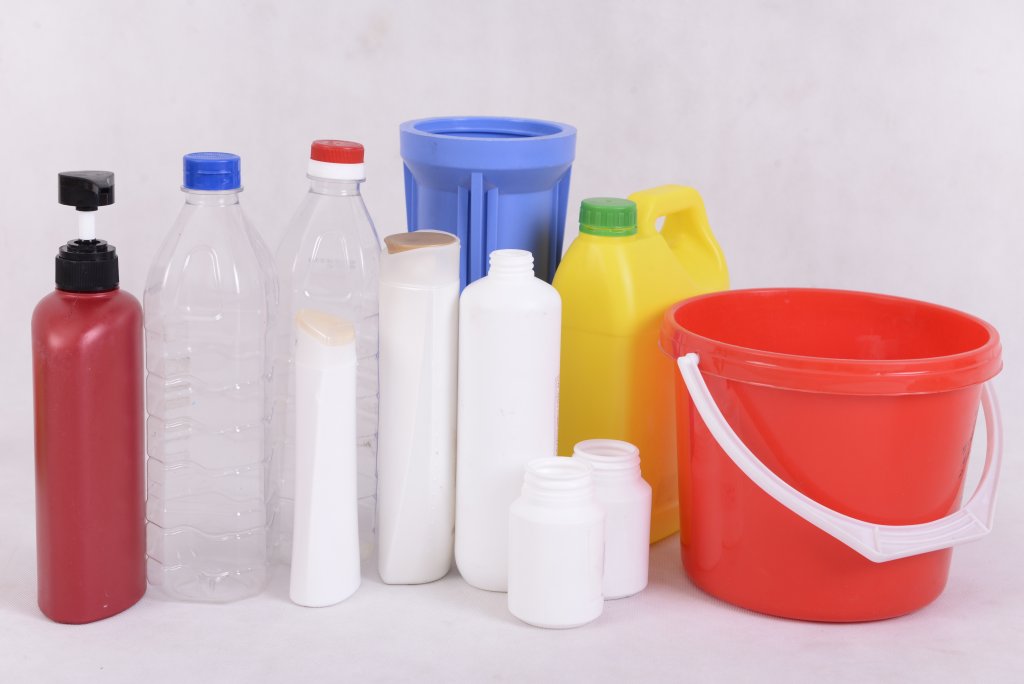
Containers, bottles,… are typical products made by blow moulding methods. Normally, polypropylene is the first priority when it comes to input materials for blow moulding products thanks to its excellent rigidity, impact strength and good printability. However, only when PP filler masterbatch has come into use, the blow moulding industry has witnessed a revolution. PP calcium carbonate filler’s uses lessen the dependence of plastic enterprises on fossil resins and save production cost. Besides, PP filler also improves end-products properties such as mechanical characteristics and printability.
How to use PP calcium carbonate filler effectively?
Though PP calcium carbonate filler’s applications vary in many industries, it may affect your products’ quality if it is used in the wrong way. Here are a few tips that help you figure out the appropriate type of PP filler for your products.
- End-products: End-products decide which type of filler masterbatch should be applied to the plastic manufacturing process to ensure that you can get the highest efficiency at the lowest cost.
- Plastic resin: Whether you are using PP, PE or PS resin, you need to make sure that your suppliers also acknowledge that. As the processing temperature differs among types of resins, the incompatibility between filler masterbatch and products’ resins will result in the plastic degradation. Therefore, don’t forget to let your suppliers know about your current resins to be provided with the matching calcium carbonate filler.
For blown film industry, you also need to consider these following factors:
- The film thickness: the thicker your film is, the greater usage rate of calcium carbonate filler is applied. Acknowledging your film thickness allows your manufacturers to come up with the suitable usage rate and particle size of calcium carbonate filler. Normally, 3 mic filler masterbatch at the usage rate of 10-20% is applied for film thickness which is lower than 20 mic. For those whose thickness is higher than 20 mic, larger sized fillers at the loading rate of 15-35% will be the perfect choice.
- The film transparency and plasticity: the more calcium carbonate filler is used, the less transparent and flexible your films become. Thereby, you also need to consider the level of expected transparency and plasticity for end-products to come up with the perfect proportion of filler masterbatch. Normally, PP calcium carbonate filler’s applications in blown film are less common than that of PE because of its firm structure and rigidity, which isn’t really ideal for packaging film production.
PolyFill PP calcium carbonate filler
Being one of the largest filler masterbatch manufacturers worldwide, PolyFill PP calcium carbonate filler has now been available in over 80 countries. With state of the art technology and experienced experts, PolyFill takes pride in providing plastic manufacturers top-quality products. Our PP calcium carbonate filler’s applications have ranged in a wide variety of industries such as injection moulding, raffia, blow moulding,…Particularly, it is customized based on your end-products’ properties to ensure the compatibility among types of materials, thus improving the final performance of your products.
For further details and consultation, contact us HERE!

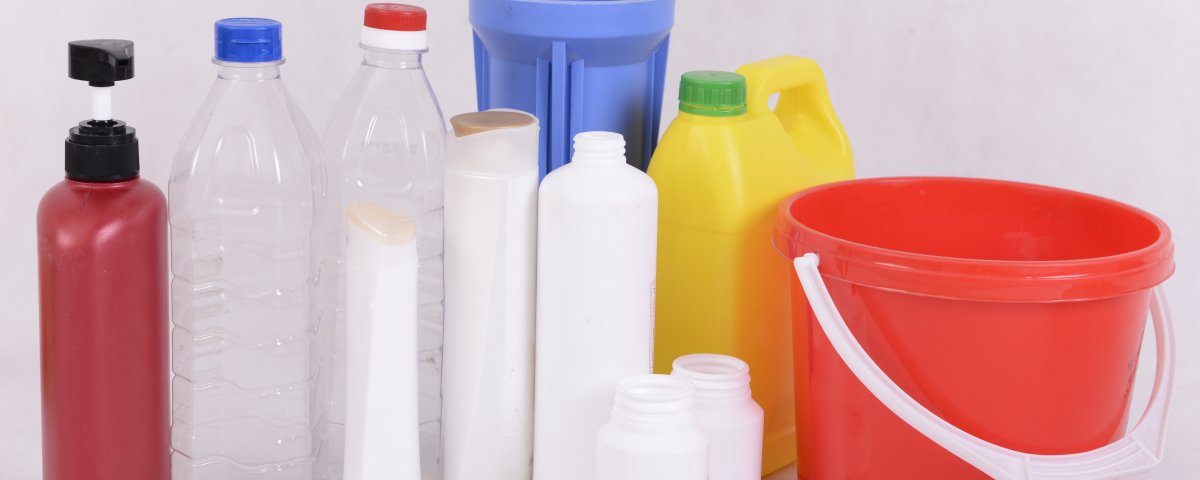
2 Comments
Dear Team
Please send us your lowest quote for CaCo3 filler for our Injection and Blow moulding applications
Dear Sir! Thank you for your message. Do you mind giving us your contact information (email/whatsapp/skype) so we can provide you with the further details?